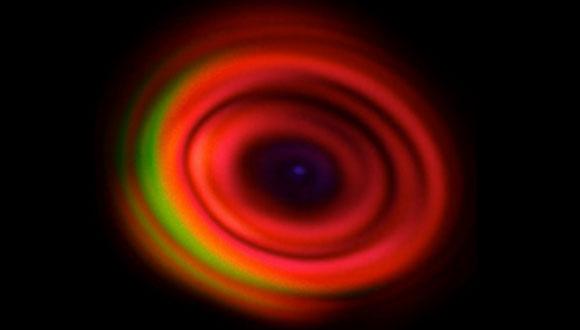LMI Seminar: Strong Light-Matter Interactions in Low-Dimensional Excitonic Semiconductors
Prof. Deep Jariwala, Professor in the Department of Electrical and Systems Engineering at the University of Pennsylvania (Penn)
Abstract:
The isolation of stable atomically thin two-dimensional (2D) materials on arbitrary substrates has led to a revolution in solid state physics and semiconductor device research over the past decade. A variety of other 2D materials (including semiconductors) with varying properties have been isolated raising the prospects for devices assembled by van der Waals forces.1 Particularly, these van der Waals bonded semiconductors exhibit strong excitonic resonances2 and large optical dielectric constants as compared to bulk 3D semiconductors.
First, I will focus on the subject of strong light-matter coupling in excitonic 2D semiconductors, namely chalcogenides of Mo and W. Visible spectrum band-gaps with strong excitonic absorption makes transition metal dichalcogenides (TMDCs) of molybdenum and tungsten as attractive candidates for investigating strong light-matter interaction formation of hybrid states.3-5 I will present our recent work on the fundamental physics of light trapping in multi-layer TMDCs when coupled to plasmonic substrates.6
Next, I will show the extension of these results to halide perovskites7, 8 and superlattices of excitonic chalcogenides.9 These superlattices offer a unique opportunity to tailor the light-dispersion in the strong-coupling regime.9 I will then discuss opportunities for light conversion and modulation using these superlattice structures. I will further extend these results into semi-metallic 2D materials systems such as PtSe2 and show broadband unity absorption over scalable areas using the same.10
Finally, if time permits, I will also present our recent work on scalable, localized quantum emitters from strained 2D semiconductors11 and control of light in magnetic semiconductors.12
Our results highlight the vast opportunities available to tailor light-matter interactions12 and building practical devices with 2D semiconductors. I will conclude with a broad vision and prospects for 2D materials in the future of semiconductor opto-electronics and photonics.
References:
-
Jariwala, D.; Sangwan, V. K.; Lauhon, L. J.; Marks, T. J.; Hersam, M. C. ACS Nano 2014, 8, (2), 1102–1120.
-
Lynch, J.; Guarneri, L.; Jariwala, D.; van de Groep, J. Journal of Applied Physics 2022, 132, (9), 091102.
-
Jariwala, D.; Davoyan, A. R.; Wong, J.; Atwater, H. A. ACS Photonics 2017, 4, 2692-2970.
-
Brar, V. W.; Sherrott, M. C.; Jariwala, D. Chemical Society Reviews 2018, 47, (17), 6824-6844.
-
Anantharaman, S. B.; Jo, K.; Jariwala, D. ACS Nano 2021.
-
Zhang, H.; et al. Jariwala, D. Nature Communications 2020, 11, (1), 3552.
-
Anantharaman, S. B.; et al. Jariwala, D. Nano Letters 2021, 21, (14), 6245-6252.
-
Song, B.; et al. Jariwala, D. ACS Materials Letters 2021, 3, (1), 148-159.
-
Kumar, P.; et al. Jariwala, D. Nature nanotechnology 2022, 17 182–189.
-
Alfieri, A. D.;et al. Jariwala, D. Advanced Optical Materials 2022, 2202011.
-
Kim, G.;et al. Jariwala, D. ACS Nano 2022, 16, (6), 9651–9659.
-
Zhang, H.; et al. Jariwala, D. Nature Photonics 2022, 16, 311-317.


